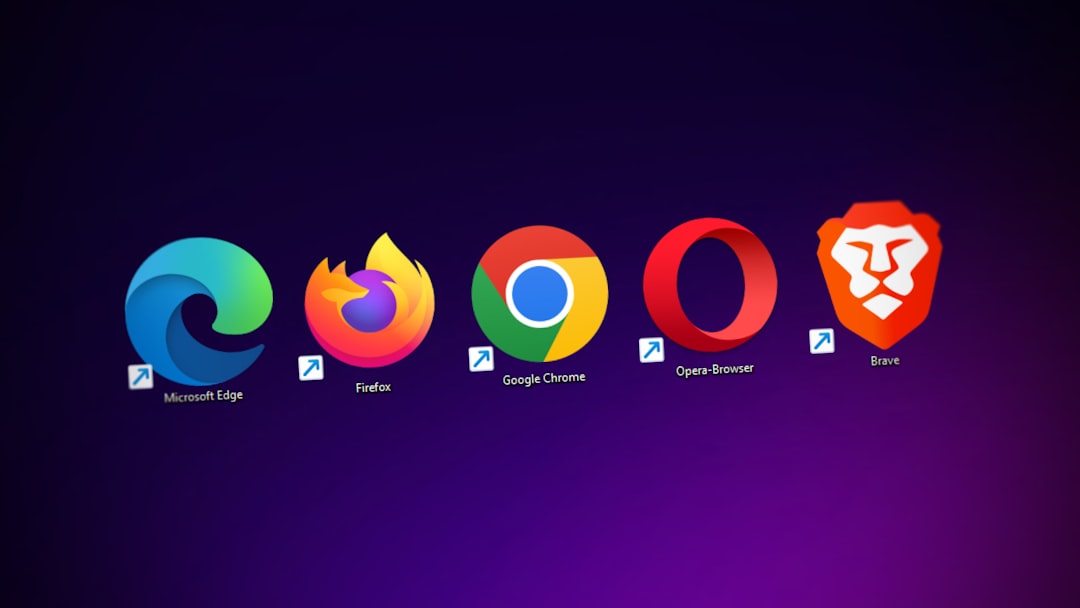
Exploring Browser Gateways: Enhancing Network Performance Through Parallel Connections
In the ever-evolving landscape of internet technology, browser gateways play a crucial role in enhancing network performance. Particularly, the implementation of parallel connections has emerged as a game-changer, allowing for faster data transmission and an improved user experience. In this article, we will delve into what browser gateways are, how they function, and the significant advantages of leveraging parallel connections to enhance network performance.
What Are Browser Gateways?
Browser gateways act as intermediaries between a user’s device and the internet. They facilitate requests for web content by forwarding them to appropriate servers and then delivering the response back to the user. This critical role not only optimizes traffic but also enhances security and data management.
The Role of Parallel Connections
Parallel connections refer to the ability to establish multiple simultaneous connections to a server. This is particularly important in web browsing, where a page often consists of numerous elements such as images, scripts, and stylesheets. By allowing multiple requests at once, parallel connections can significantly reduce load times, improve responsiveness, and enhance the overall browsing experience.
Benefits of Parallel Connections
-
Increased Speed: One of the most significant advantages of using parallel connections is the increase in speed. When a browser can open multiple connections, it can fetch resources more quickly than if it were limited to a single connection.
-
Optimized Resource Loading: Browsers can prioritize critical resources, fetching them first while other non-essential elements load in the background. This leads to a smoother user experience, as users see content appear without delay.
-
Improved User Experience: A faster-loading website enhances user satisfaction, which can lead to higher engagement rates. Users are less likely to abandon a site that loads quickly, which is crucial for businesses looking to retain customers.
-
Better Handling of High Traffic: For websites with high traffic, parallel connections can mitigate the strain on servers, allowing them to handle more simultaneous requests without crashing.
Current Developments and Trends
Recent advancements in browser technology have further optimized parallel connections. For example, HTTP/2 introduced multiplexing, allowing multiple requests and responses to be sent simultaneously over a single connection. This development reduces latency and increases the efficiency of data transfer.
Furthermore, many modern browsers, such as Google Chrome and Mozilla Firefox, have implemented adaptive connection management. This technology dynamically adjusts the number of parallel connections based on network conditions, ensuring optimal performance regardless of user location or device capabilities.
Practical Applications and Case Studies
One notable example of parallel connections improving network performance can be seen in content delivery networks (CDNs). CDNs use multiple servers distributed globally to deliver content efficiently. By utilizing parallel connections, they can ensure that users receive data from the nearest server, reducing latency and improving load times. Companies like Cloudflare and Akamai have successfully harnessed this technology, resulting in faster website performance for their clients.
Expert Opinions
According to a recent statement by a leading network engineer, “The shift towards parallel connections and the implementation of HTTP/2 has transformed how we approach web performance. The ability to load multiple resources simultaneously is not just a luxury; it’s a necessity in today’s fast-paced digital environment.”
Tools for Optimizing Browser Gateways
For those looking to enhance their understanding or implementation of browser gateways and parallel connections, several tools and resources can be beneficial:
-
WebPageTest: A free tool that allows users to analyze the performance of their websites, including the impact of parallel connections on load times. WebPageTest
-
Google PageSpeed Insights: This tool provides insights into how to improve web performance, including recommendations regarding parallel connections and resource loading. Google PageSpeed
-
GTmetrix: Another excellent resource for analyzing website speed and performance metrics, offering suggestions for optimizing parallel connections. GTmetrix
Further Reading
For those interested in diving deeper into the subject of browser gateways and parallel connections, consider exploring the following articles:
In conclusion, the exploration of browser gateways and the enhancement of network performance through parallel connections represent a significant leap forward in web technology. As the internet continues to evolve, understanding and implementing these technologies will be crucial for developers, businesses, and users alike. Engage with the tools and resources provided, and consider sharing this article with others who may benefit from this knowledge. By staying informed, you can ensure that your digital experiences remain swift and efficient.


